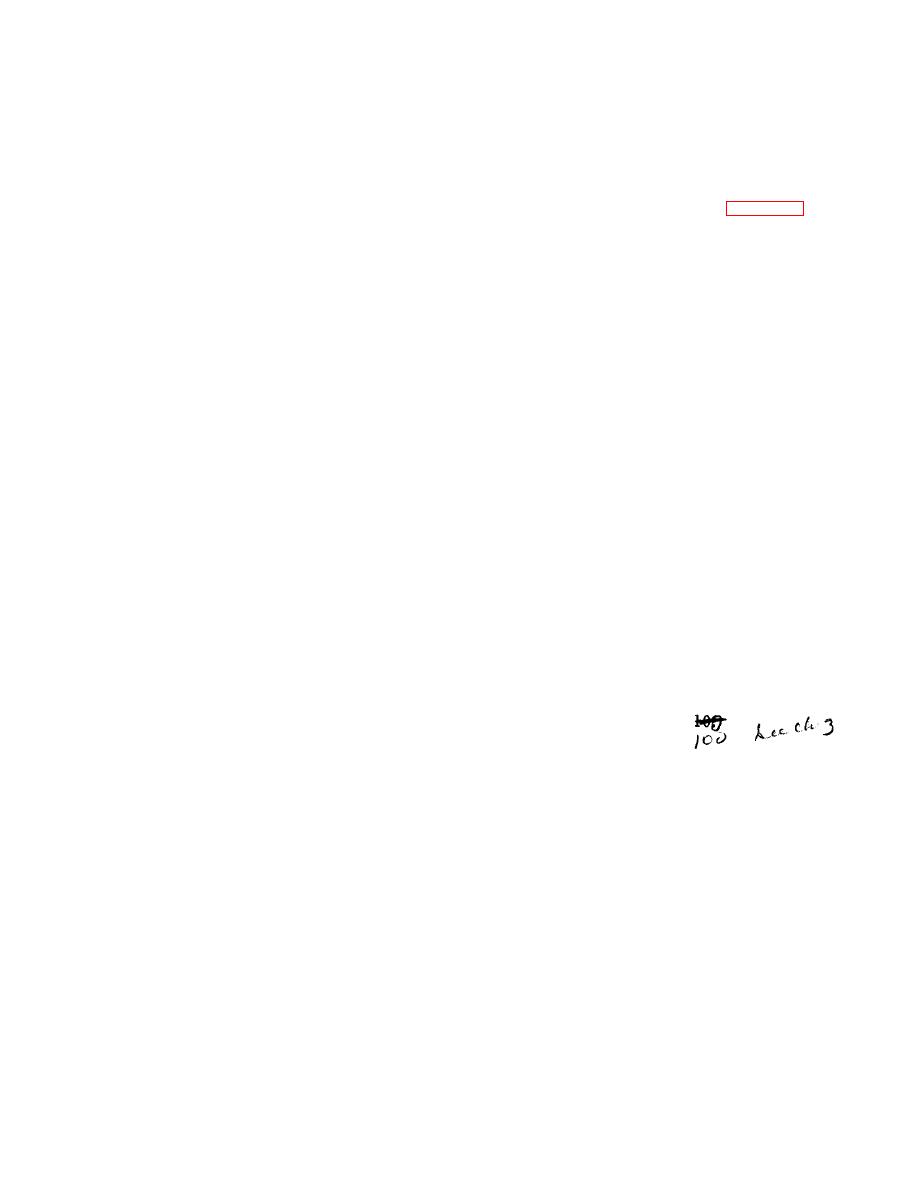 |
|||
|
|
|||
|
Page Title:
Operation Under Rainy or Humid Conditions |
|
||
| ||||||||||
|
|
 2-18. Operation Under Rainy or Humid
2-20. Operation in Snow or Mud
Conditions
a. While operating the tractor, be alert for sharp
drop offs or holes hidden beneath the mud or snow.
a. If the tractor is not in operation and un-
sheltered, protect it with a canvas or other
b. Slightly deflated drive wheel tires will im-
waterproof covering. Remove the cover during dry
prove traction in loose snow or mud. Reinflate tires
periods. Corrosion of the metal may occur quickly
when back on solid ground,
where paint is chipped or scratched.
b. I n s p e c t t h e t r a c t o r o f t e n f o r e x p o s e d ,
a. See that the radiator pressure cap is on tight.
damaged or corroded metal surfaces and report the
Check the fan belt for tightness (para 2-16 a ) .
condition to the proper authority.
E n g i n e overheating may occur at high altitude
under heavy load,
a. Wash the tractor frequently with clean, fresh
b. Engine performance may be improved by
water, Be especially careful to clean salt deposits
replacing the standard carburetor main metering
from electrical components and wiring,
jet with a 1 size lean jet when operating between
b. C o a t e x p o s e d m e t a l s u r f a c e s w i t h r u s t -
a p p r o x i m a t e l y 5,000 to 10,000 feet above sea
proofing material. Remove rust immediately and
l e v e l ; a 2 size lean jet between approximately
apply paint or oil as appropriate.
10,000 to 15,000 feet, and a 3 size lean jet between
approximately 15,000 to 20,000 feet.
Section
Vi.
OPERATION
OF
AUXILIARY
MATERIAL
USED
IN
CONJUNCTION
WITH
THE
EQUIPMENT
c. Aim the nozzle at the base of the fire and
2-22. Fire Extinguisher (Dry Chemical Type)
depress the small operating lever with the thumb.
The dry chemical type fire extinguisher is effective
d. Direct the discharge at the base of the fire
in areas where ambient temperature is --25F. and
with a side to side sweeping motion.
above. If winterized (pressurized with nitrogen),
the fire extinguisher may be used in temperatures
2-24. Maintenance
below _ 2 5 F , T h e f i r e e x t i n g u i s h e r i s a 2
Weigh the fire extinguisher every 6 months.
p o u n d , stored-pressure, lever-operated
ex-
Replace the extinguisher if the weight is less than
tinguisher.
4 pounds, or the pressure is below 125 pounds,
The dry chemical type fire extinguisher will be
2.23. Operating Extinguisher
serviced at installation level through Repair and
a. Disconnect the clamp that secures the ex-
Utilities facilities, with the filling agent supplied by
tinguisher to its mounting bracket. Swing the clamp
l o c a l procurement through Troop Supply Chan-
open, and remove the extinguisher.
nels. Refer to TB 5-4200-200-
b. Hold the extinguisher upright and raise the
large locking handle to break the seal.
|
|
Privacy Statement - Press Release - Copyright Information. - Contact Us |